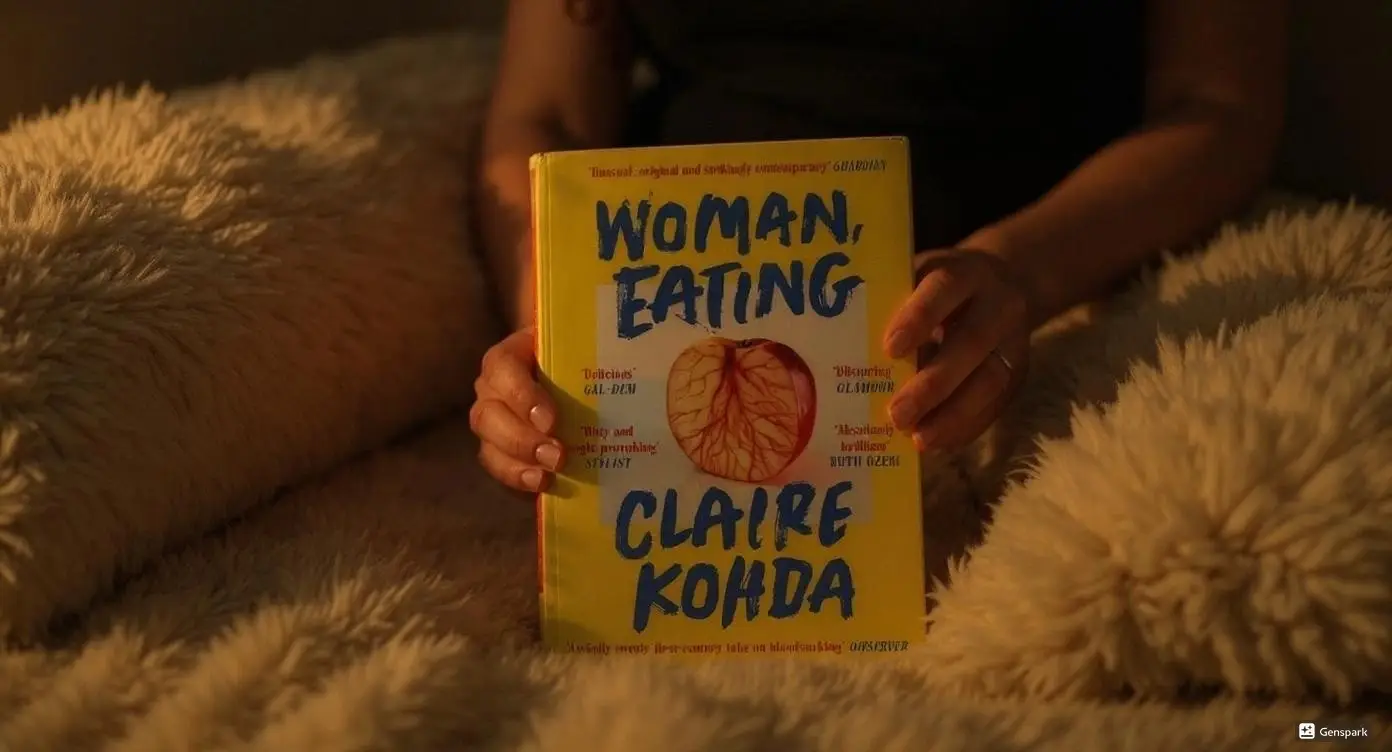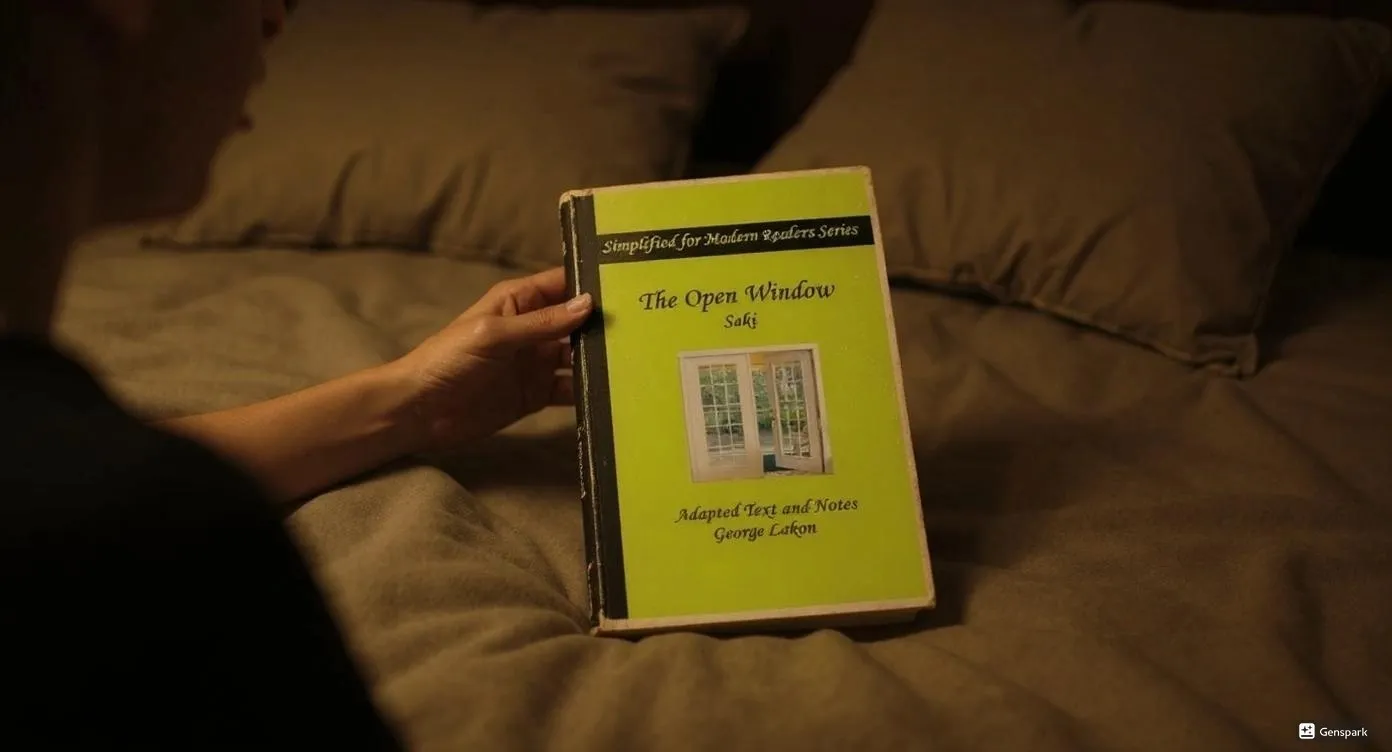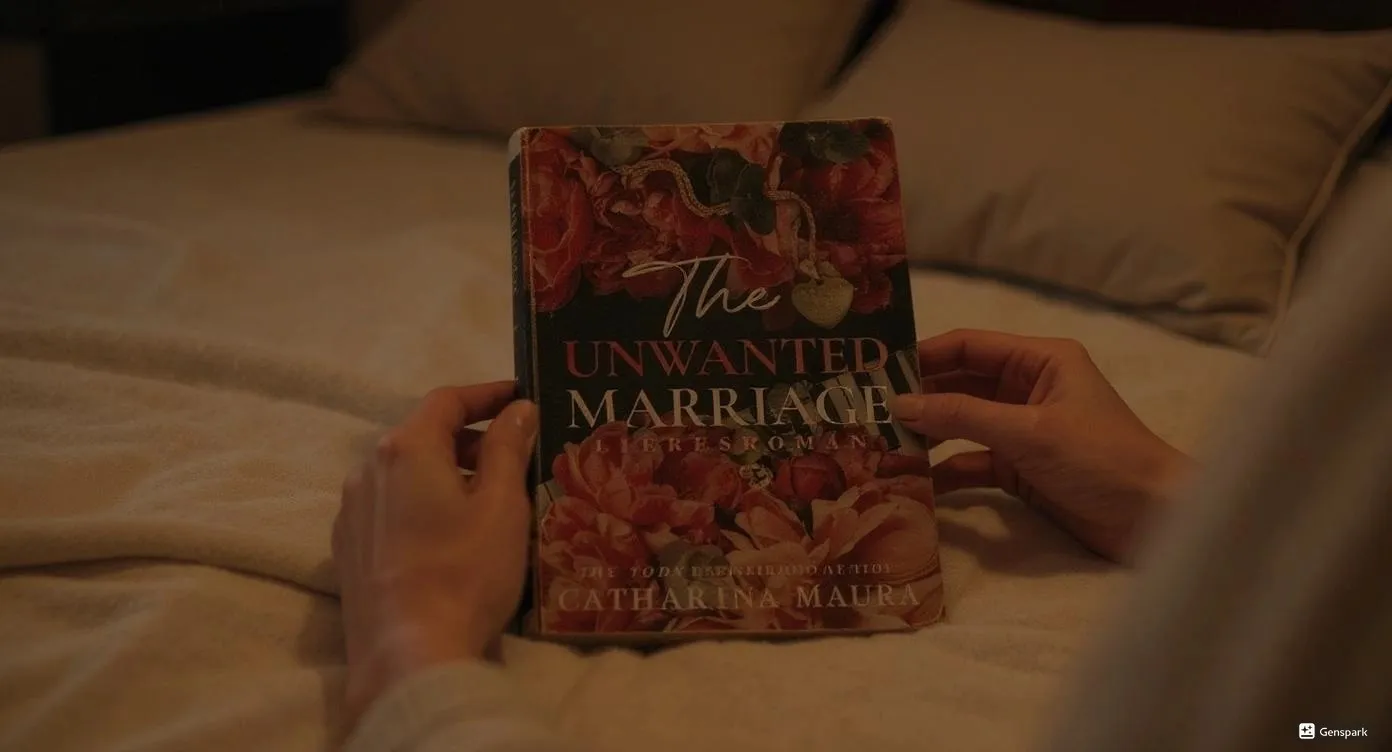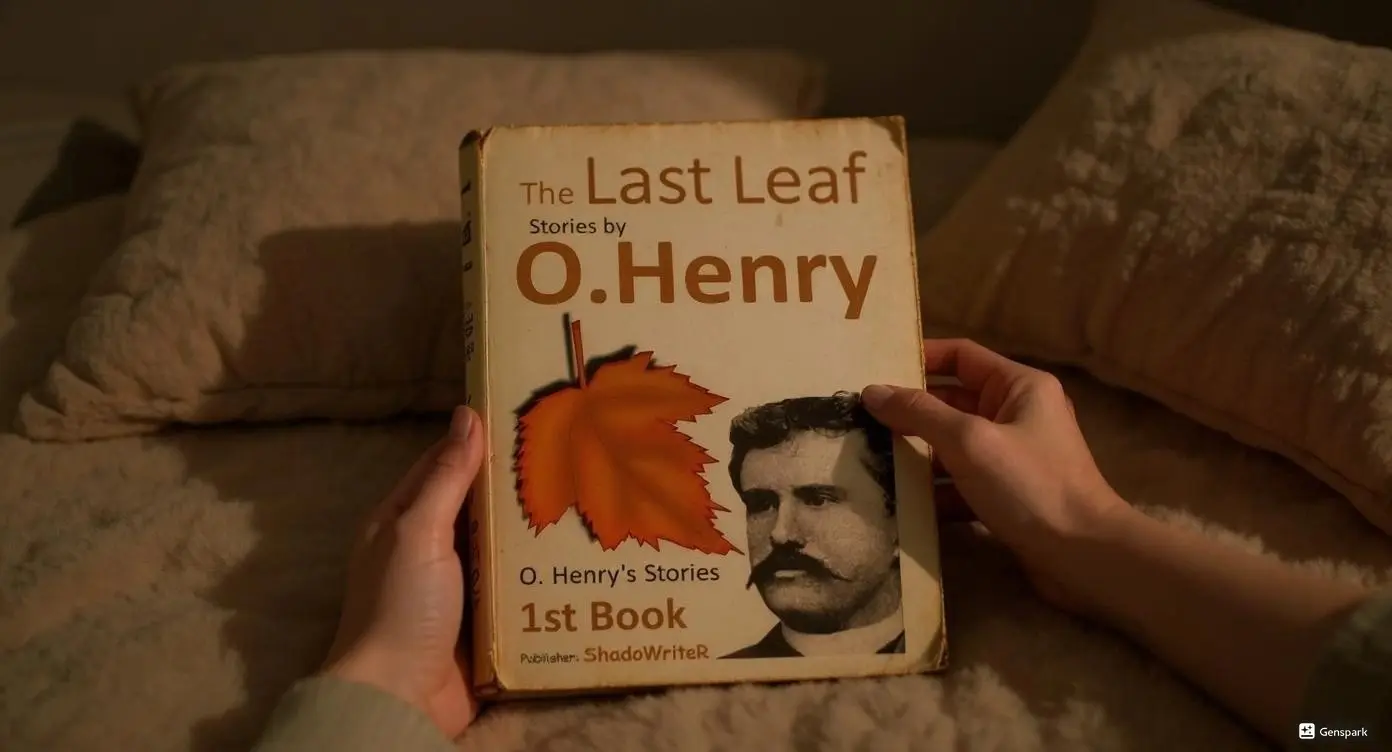I’ll be honest—The Palace at the End of the Sea by Simon Tolkien surprised me. I found myself lost in its historical setting and drawn to characters who felt real.
If you love stories that tug at your heart and make you think, this one belongs on your list. Do you crave books that make history feel alive?
Key Takeaways
The Palace at the End of the Sea shows a bright historical world. It makes the late 1920s and 1930s feel real. The story helps history feel close and personal.
Theo Sterling grows up and learns about himself. The story looks at big ideas like who we are, hope, and losing things. This makes the story feel strong and emotional.
People who like stories about characters will enjoy this book. The book moves at a good speed and has lots of details. It is a book that readers will remember and enjoy.
Worth Reading?
Strengths
I’ll be honest, I started The Palace at the End of the Sea by Simon Tolkien late at night, thinking I’d just read a chapter or two. Suddenly, it was 2 a.m. and I was still flipping pages, totally hooked. Here’s what pulled me in:
Historical immersion: The book drops you right into the late 1920s and 1930s. I could almost hear the jazz in New York and feel the tension in Spain. The details never felt like a history lesson. Instead, they made the story feel real.
Characters with depth: Theo Sterling isn’t just a name on a page. I felt his confusion, his hope, and his heartbreak. The supporting cast surprised me too—no cardboard cutouts here.
Coming-of-age with real stakes: Theo’s journey isn’t just about growing up. It’s about finding out who he is when the world around him is falling apart. That hit me hard.
Emotional punch: Some scenes left me gasping. Others had me staring at the ceiling, thinking about my own choices and regrets.
Writing that flows: The sentences are clean and easy to follow. I never got lost or bored. The pacing kept me reading, even when I promised myself I’d stop.
Tip: If you love books that make you feel like you’re living in another time, this one delivers.
Who Will Like It
I always try to match books with the right readers. Here’s who I think will love this story:
Fans of historical fiction who want more than just dates and battles. If you want to feel the fear, hope, and confusion of the past, this book nails it.
Readers who crave character-driven stories. If you like watching someone wrestle with big questions about identity and belonging, Theo’s journey will grab you.
Anyone who enjoys a coming-of-age story with real emotional weight. This isn’t just about growing up—it’s about surviving when the world feels upside down.
People who appreciate diverse perspectives. The audience for Simon Tolkien’s work is mostly adult, with a strong female presence, but it’s also growing more gender-diverse and multicultural. I saw myself in some characters, and I bet you might too.
If you’re part of the Tolkien fan community, you’ll probably find something familiar here, but you don’t need to be a superfan to enjoy it.
I have to give props to the way the book balances history and heart. To be fair, if you want non-stop action or a super fast pace, this might not be your thing. But if you want a story that lingers, The Palace at the End of the Sea by Simon Tolkien is worth your time.
The Palace at the End of the Sea by Simon Tolkien: Synopsis

Setting and Era
The Palace at the End of the Sea by Simon Tolkien sweeps across three countries. I felt the buzz of New York in the late 1920s, the quiet tension of England, and the heat of Spain right before the Spanish Civil War. The story uses real history as its backbone.
I noticed how the author weaves in big events, like the rise of fascism and the fear that comes with it. This isn’t just a backdrop—it shapes every choice the characters make.
Historical events like the Spanish Civil War or the jazz age in New York give the story a sense of urgency.
I saw how the author used holidays, seasons, and even small traditions to make each place feel real.
The timeline felt tight and believable. Nothing felt out of place or forced.
I love when a book makes me feel like I’m walking through history, not just reading about it.
Main Character: Theo Sterling
Theo Sterling stands at the heart of this story. He’s young, smart, and a little lost. I followed him as he moved from the safety of New York to the unknowns of England and then into the chaos of Spain. His journey isn’t just about travel—it’s about finding out who he really is.
Theo’s search for identity hit me hard. He faces tough questions about where he belongs.
The coming-of-age moments felt honest. I saw him struggle, make mistakes, and grow.
His choices matter. Each step he takes feels shaped by the world around him.
The Palace at the End of the Sea by Simon Tolkien doesn’t just tell a story—it pulls you into a young man’s fight to find himself when everything is changing.
Characters
Theo’s Development
I have to admit, Theo Sterling got under my skin in the best way. I started out thinking he was just another lost kid in a big story. By the end, I felt like I’d watched him grow up right in front of me. His journey felt real—awkward, hopeful, and sometimes painful.
Theo starts out unsure of himself. He questions where he fits in, both at home and in the world.
He makes mistakes. I found myself cringing at some of his choices, but that’s what made him believable.
His growth isn’t easy. Every setback, every heartbreak, shapes him. I saw him wrestle with big questions about identity and loyalty.
By the last page, Theo felt changed. Not perfect, but stronger. I couldn’t help but root for him.
There were moments that left me staring at the ceiling, thinking about my own choices at his age.
Supporting Cast
The supporting characters surprised me. They didn’t just fill space—they pushed Theo, challenged him, and sometimes broke my heart.
Theo’s family: Complicated, loving, sometimes frustrating. I saw real family tension here.
Friends and mentors: Each one brought out a different side of Theo. Some offered hope, others forced him to face hard truths.
No one felt flat. Even minor characters had quirks or secrets that made them memorable.
I have to give props to Simon Tolkien for making the cast feel so alive. To be fair, a few side characters faded too quickly, but most left a mark.
Historical Context
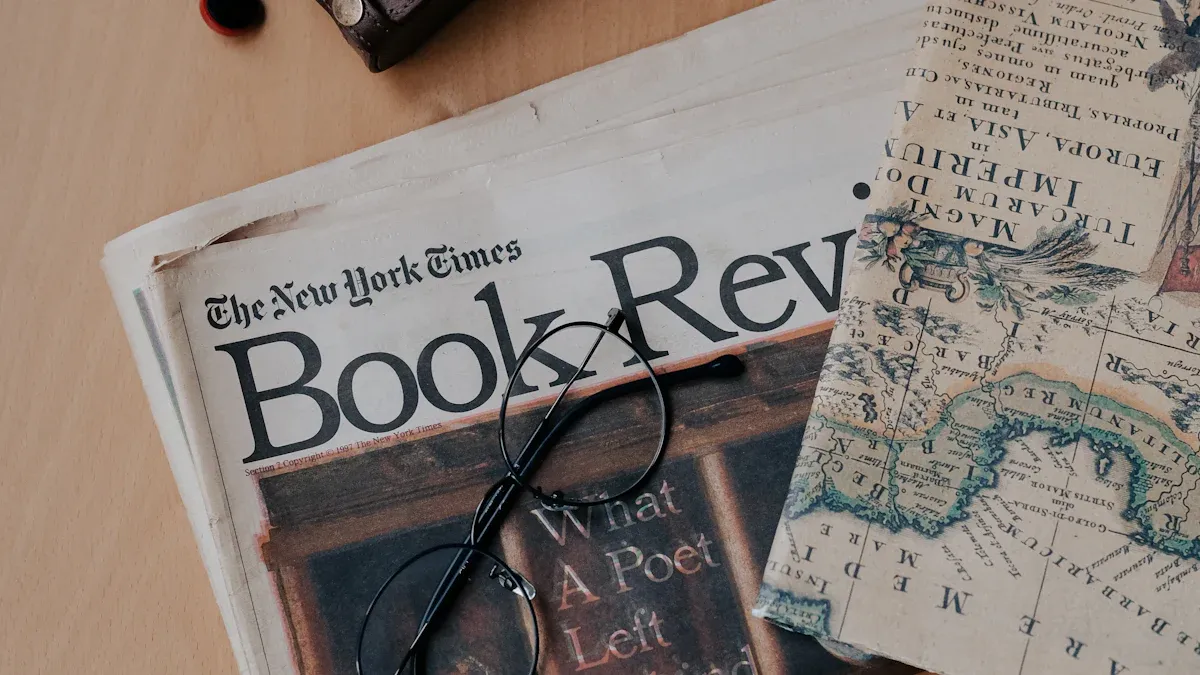
1920s-30s Backdrop
When I read this book, I felt like I was in the late 1920s and 1930s. The author did not just add old cars and stop there. I noticed small things, like how people spoke, what they wore, and what food they ate. These details made the story feel real instead of like a boring history lesson.
The world in the book felt real because the author used real letters and diaries to help build it.
I could almost hear jazz music in New York and feel the tension in England.
The story used facts but did not get stuck in them. I never felt confused or lost by too much information.
I learned that even famous writers can make mistakes, but what matters is if the world feels real. Here, the mix of accuracy and authenticity worked well for me. I even looked up old photos and records, like library logs from the 1930s, to see if the book was close. It matched pretty well!
Spanish Civil War
The part of the story set in Spain was the most powerful for me. The author showed the chaos and fear of the Spanish Civil War. I saw how the violence and confusion changed every choice the characters made.
Aspect | Data / Figures |
|---|---|
Estimated death toll | Revised from 610,000 to 370,000 deaths |
Executions by Nationalists | 100,000 during the war + 50,000 after the war |
Executions by Republicans | Proportion revised from 60% to 42% of total executions |
Victims of systematic killings | About 200,000 died from systematic killings, mob violence, torture, or other brutalities |
Clergy killed | Nearly 7,000 Catholic priests, monks, and nuns killed primarily in early months of the revolt |
Refugees and displaced persons | Several million displaced; 500,000 Republicans fled to France after the war |
Internment camps | About 60 camps with over 500,000 individuals interned by 1940 |
Forced labor and deportations | Over 30,000 Spanish Republicans deported to Germany; about half died in concentration camps |
The numbers are scary, but the book never felt like a textbook. I could feel the fear and hope in every scene. That is what made the history stay with me.
Themes
Identity and Assimilation
I felt the theme of identity hit me right from the start. Theo’s journey made me think about how hard it is to fit in when you feel different. He moves through New York, England, and Spain, always searching for a place to belong.
I saw him struggle with his name, his accent, and even the way he dressed. It reminded me of stories I’ve read about real immigrants in history.
Immigrant kids who picked American-sounding names often found better jobs and made more friends.
People who changed their names sometimes married others who were born in America, showing how names can help someone feel like they fit in.
Some groups, like those from Scandinavia, changed their names faster than others, like people from Russia or Finland.
Even when people tried to fit in, they often kept parts of their old culture. That mix created new, hyphenated identities.
Sometimes, rules that forced people to change backfired. For example, anti-German laws made some families hold onto their old names even more.
Books like Bread Givers and The Namesake show how tough it is to balance old and new identities. I saw Theo face these same struggles, and it made his story feel real.
Hope and Loss
This book gave me a mix of hope and sadness. I watched Theo lose things he cared about—friends, family, even his sense of safety. Some scenes left me staring at the wall, feeling the weight of his choices. But I also saw moments of hope. Theo finds new friends and learns to trust himself. He keeps going, even when things look dark.
Loss shapes Theo, but hope keeps him moving.
The story never gets too heavy, because there’s always a spark of something better ahead.
I finished the last page feeling both sad and inspired. That’s the kind of story that sticks with me.
Writing Style
Narrative Voice
Simon Tolkien’s writing voice pulled me in right away. I felt like he was telling the story just for me. The sentences are clear and easy to follow. I never felt lost or confused. He uses simple words, but the feelings run deep. I noticed how the story jumps between hope and fear, happiness and sadness. These shifts kept me on my toes.
Measurable Element | Description | Relationship to Novel Success |
|---|---|---|
How often the story takes a sharp turn in mood or direction | More twists make stories more popular | |
Magnitude of reversals | How big those mood swings feel | Bigger swings keep readers hooked |
Popularity measure | How many people read or download the book | More twists and bigger swings mean more readers |
I saw these twists in Theo’s journey. One moment, he’s safe. The next, everything changes. That made the story feel real and exciting.
Pacing
The pacing in this book felt just right for me. I never got bored, but I also had time to breathe. Here’s what stood out:
The story moves at a steady speed. I didn’t feel rushed or dragged along.
Big moments hit hard, then the story slows down so I could catch my breath.
Surprising twists and turns kept me guessing.
Short, quiet scenes gave me space to think.
Critics say that stories with more twists and bigger surprises keep readers interested. I agree. The mix of fast and slow moments made me want to keep reading.
To be fair, if you want non-stop action, this book might feel slow at times. But if you like stories that build tension and let you feel every moment, you’ll enjoy the ride.
Strengths & Weaknesses
I’ll be honest, I read way past my bedtime with this one. I kept telling myself, “Just one more chapter,” but the story pulled me in every time. That’s a rare feeling for me these days.
What worked for me:
Historical immersion: I felt like I could smell the streets of New York and hear the distant echoes of Spain. The details felt real, not forced.
Theo’s journey: Watching him stumble, fall, and get back up made me root for him. His search for identity felt raw and honest.
Emotional impact: Some scenes left me gasping. I even had to put the book down once to catch my breath.
Writing style: The sentences flowed. I never tripped over awkward words or got lost in long paragraphs.
But not everything hit the mark:
Some side characters faded too quickly. I wanted more from them.
The pacing slowed in the middle. I found myself skimming a few pages, waiting for the next big moment.
If you want a pulse-pounding thriller, this isn’t it. The tension builds slowly.
Note: I have to give props to Simon Tolkien for making history feel personal, but to be fair, the story sometimes lingers a bit too long in quiet moments.
Simon Tolkien’s Influence
Author’s Background
I always get curious about the person behind a story, especially when the writing feels so personal. Simon Tolkien grew up surrounded by stories. His grandfather, J.R.R. Tolkien, wrote some of the most famous fantasy books ever. Simon took a different path, though.
He worked as a lawyer before turning to fiction. I noticed that his legal background shows up in the way he builds tension and explores tough choices.
Simon Tolkien doesn’t just copy his grandfather’s style. He brings his own voice and focus on real history.
He seems to care about the small details. I could tell he did his homework on the time period.
I don’t know much about his personal life, but I can feel his respect for the past in every chapter.
I have to give props to Simon for stepping out of a big shadow and making his own mark.
Impact on Story
Simon’s background shapes the book in ways I didn’t expect. I felt his love for history and his careful research in every scene. The story never felt like a lecture. Instead, it felt like he wanted me to walk beside Theo and see the world through his eyes.
The legal side of Simon’s past adds weight to the choices characters make.
His family legacy might draw readers in, but his writing stands on its own.
I noticed how he balanced hope and loss, maybe because he understands how hard it is to find your place.
To be fair, I sometimes wished for a little more risk in the plot. Still, Simon Tolkien’s influence made this story feel honest and real.
I closed The Palace at the End of the Sea by Simon Tolkien feeling both moved and thoughtful.
Mark Sullivan called it “intense, vivid, and moving”—I agree.
The coming-of-age journey and Spanish Civil War backdrop hit hard.
Some slow spots, but fans of historical fiction or emotional sagas should try it.
Dionysus Review Rating: 7/10
Sip The Unknown—Discover Stories You Never Knew You’d Love!
Dionysus Reviews Has A Book For Every Mood
Biography & Memoir
Fiction
Mystery & Detective
Nonfiction
Philosophy
Psychology
Romance
Science Fiction & Fantasy
Teens & Young Adult
Thriller & Suspense
Frequently Asked Questions
Is The Palace at the End of the Sea based on real events?
I noticed the book uses real history, like the Spanish Civil War. The characters are fictional, but the setting and big events actually happened.
Do I need to know about the Spanish Civil War to enjoy this book?
Nope! I went in knowing almost nothing. The story explains enough, so I never felt lost or confused.
Is this book good for younger readers?
I’d say it fits best for teens and adults. Some themes feel heavy, but nothing too graphic or chilling.



